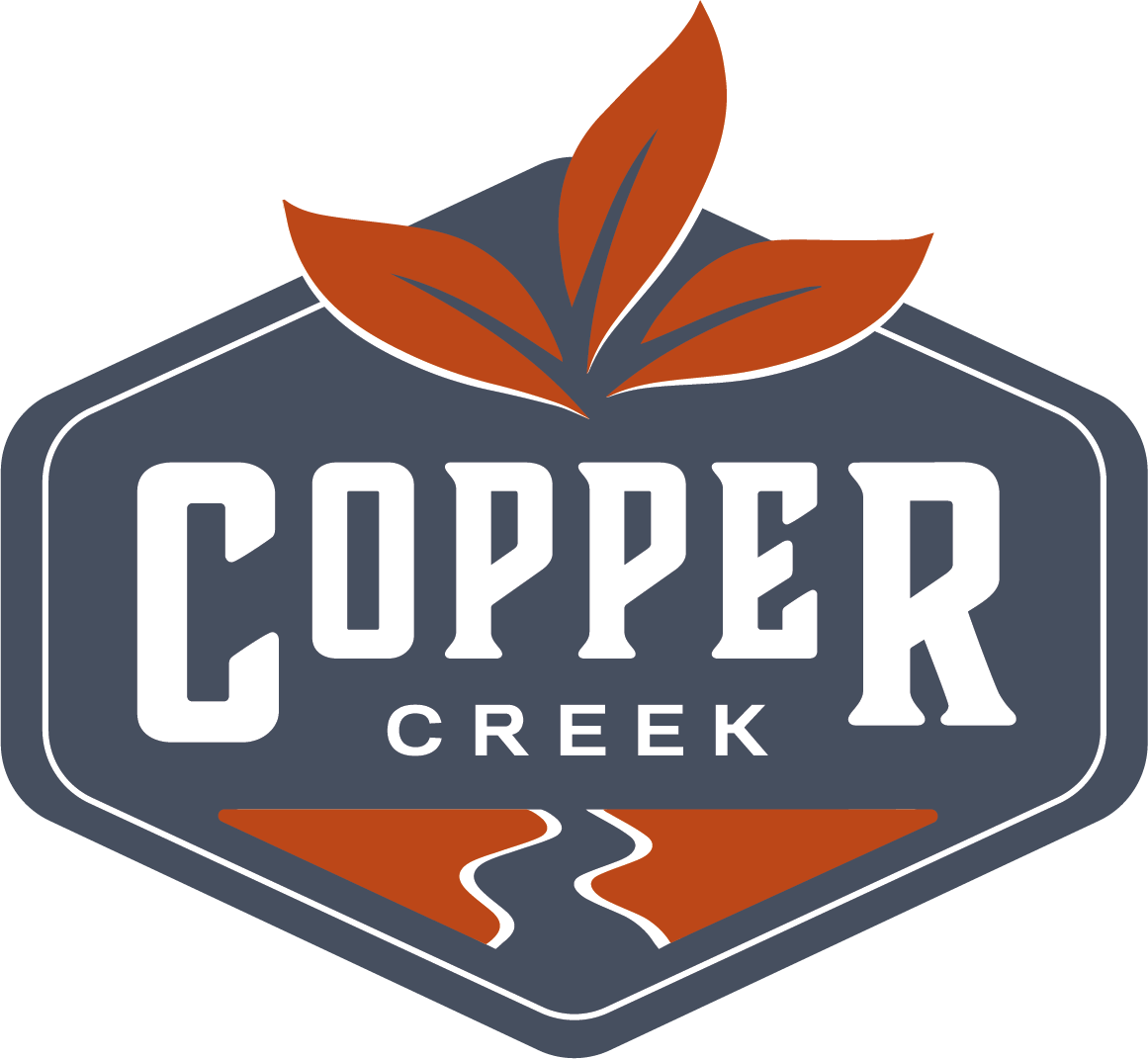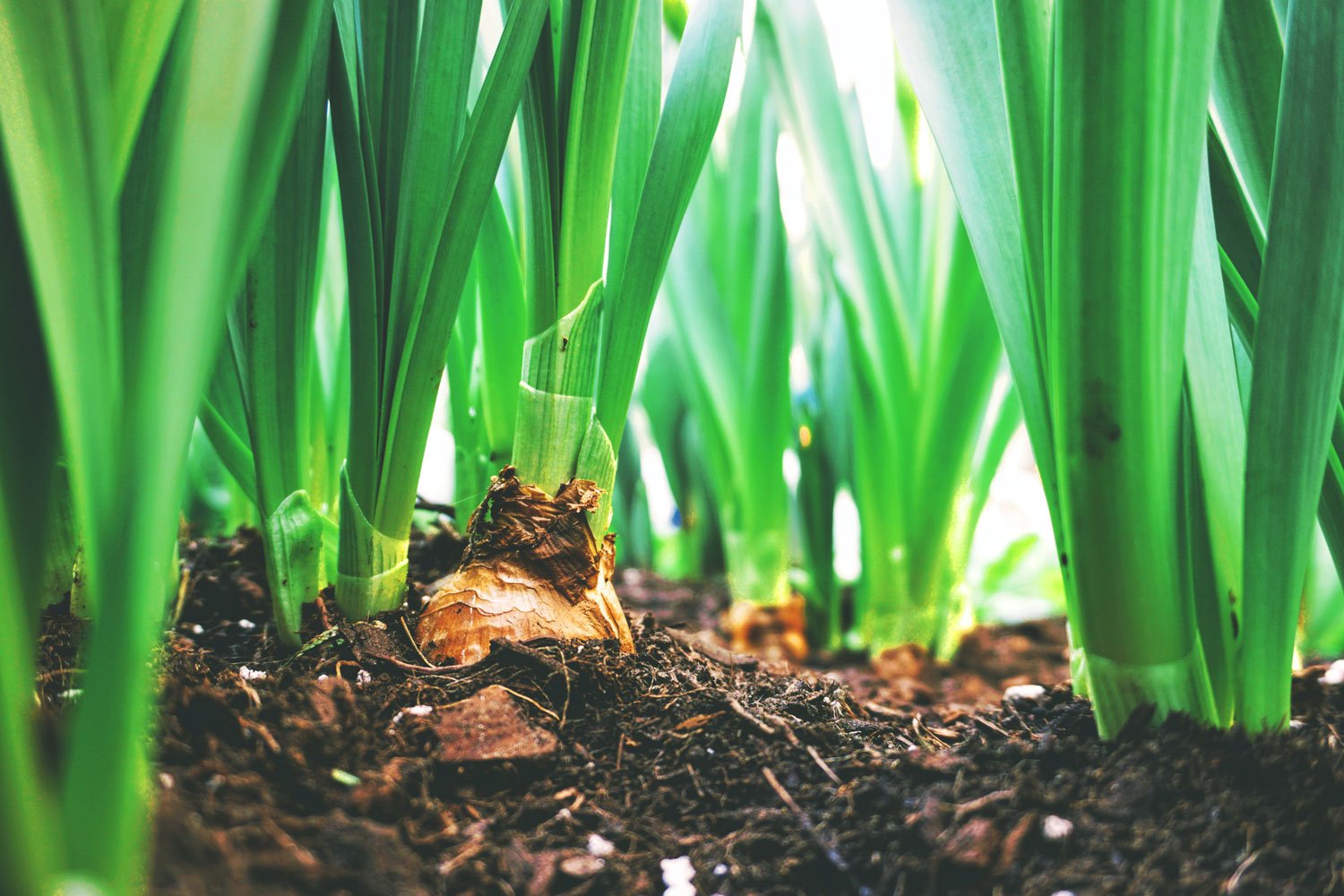Creating a Balanced Vegetable Garden: Beneficial Bombshells
Mother Nature and Father time have had the recipe right for an exceptionally long while when it comes to providing the right ecosystem that takes place in a happy and healthy vegetable garden. There are many key ingredients that will make your garden highly functional such as flowers, mulch, beneficial insects, and even decoys to fool unwanted pests. We like to call these ingredients ‘Beneficial Bombshells’! By incorporating these beneficial bombshells mixed in with your very own personal touches, we can create a beautiful and balanced vegetable garden.
Beneficial Bombshell #1: Flowers
A top beneficial bombshell is to add flowers in your vegetable garden. Flowers attract pollinators like bees and butterflies. Pollination is the process of pollen being moved from plant to plant to produce more plants or fruits. Your garden will be unproductive if it does not get pollinated. Flowers attract beneficial and predatory insects that help pollinate and control pests. Just like in nature, balance is an important ingredient that will make for a bountiful harvest. You can read more about creating your own pollinator garden here.
Like many stellar cooks, adjusting the recipe can make for a more rewarding outcome. Your personal touch of different annuals and perennials will transform your vegetable garden into something quite eye catching that both pollinators and humans will enjoy. An annual plant is a plant that dies in the winter, and you must replant them every season. Annual flowers also have summer long blooms. Perennials are plants that come back every year. Once planted they will live for multiple years and should remain in the same spot. Having a mix of annuals gives you the opportunity to introduce something new each year and see how well it performs. Having perennials in the vegetable garden will guarantee something for your pollinators in the early spring, along with becoming more abundant over time.
Trap Crops are another effective tool in the vegetable garden. A trap crop flowers before your main crop acting as a decoy. Using trap crops is an effective way to control pests in the garden. These plants offer significant economic and environmental benefits. Your harvests will be more abundant, and your vegetable garden will be chemical-free. Unwanted pests are attracted to these plants instead of your vegetables. This line of defense is a great organic way to deal with pests. Zinnias, Nasturium, and Calendula are all great trap crops to add into your garden. You can see more information on them below.
Top Flowers that are Beneficial Bombshells in your Vegetable Garden
Marigolds
Marigolds are one of the most recognizable insect-repelling plants. They have a scent that will keep rabbits, thrips, squash bugs, whiteflies, and nematodes away. That same scent attracts beneficial insects like bees, lady bugs, lacewings, parasitic wasps, and soldier beetles. Plant marigolds to attract beneficial insects that attack and kill aphids. They have several layers of petals that overlap and get smaller and more condensed towards the flowers center. Their blooms are single or bi-colored and can be different shades of yellow, orange, red and maroon.
Zinnia
Zinnias are nectar-rich and will attract bees during their growing season, spring to fall. They are a “trap crop” meaning unwanted pests will go to the zinnia before they go to your veggies. Zinnias attract bees, butterflies, hummingbirds, ladybugs, and Japanese beetles. Japanese beetles love beans, so if you plant zinnias around your beans, the beetles are drawn to the flowers, saving your beans from an infestation. Zinnias have strong, hairy stems and oval-shaped leaves arranged opposite each other. They have bright, daisy-like flowerheads on a single stem. Their colors consist of pink, red, purple, orange, yellow, lavender, white and green. Zinnias also make for a beautiful cut flower for décor.
Lavender
The scent of lavender will attract bees, hoverflies, ladybugs, and butterflies. Lavender naturally repels fleas, moths, mosquitoes, deer, ticks, mice, and rabbits. The blooms can be purple, blue, pink, and even white in some varieties. Soft buds are clustered around a tall sprig. Oil extracted from the flowers is used as a powerful mosquito repellent, the plant itself can keep away unwelcome insects. The blooms can be purple, blue, pink, and even white in some varieties. Soft buds are clustered around a tall sprig. Lavender has many health benefits outside of the garden as well. It has the potential to lower blood pressure and calm the nervous system by its soothing fragrance.
Cosmos
Cosmos attract birds, bees, and butterflies, lacewings, and hoverflies to your garden. They are extremely easy to grow and can survive in very poor soil conditions. Cosmos have 3- to 5-inch daisy-like flowers in an assortment of colors, including pink, orange, red and yellow, white, and maroon. Their flowerheads are open cup shaped. These beautiful plants can reach up to six feet tall and bloom throughout the summer months. Cosmos are another flower that make for a great cut, decorative flower.
Nasturtium
Nasturtium is a trap crop, giving your tomatoes, beans, and lettuce an extra line of defense. Nasturtium attracts bees, butterflies, hummingbirds, and hoverflies. The flowers are edible and have a spicy pepper-like flavor. The flowers and leaves are often used in vinaigrettes, sauces, and dips. Nasturtium has rounded green leaves that look similar to water lily pads. The flowers come in a range of colors from soft creamy yellow to bright red. Different varieties are mounding, some are trailing, and some are climbers.
Calendula, (AKA Pot Marigold),
Calendula is a great trap crop to use in your vegetable garden. Calendula attracts Ladybugs, hoverflies, lacewings, bees, and butterflies. Calendulas are plants with waxy, smooth stems. They are often yellow and orange with dark centers. They also can be orange, yellow, pink, or white. Calendula petals are long and straight, and the blooms are either flat or can be cup shaped. They look similar to Marigolds. You can tell the difference by the marigold petals, which are more rectangular with rounded corners. Calendula are also edible and used for medicinal purposes.
Beneficial Bombshell #2: Beneficial Insects
Many people view all insects as pests, but insects are vital to a healthy and balanced vegetable garden. Beneficial insects play a key role in the garden by keeping unwanted pest numbers down, reducing the need for chemical control. Follow nature’s directions. Let the flowers, mulch and insects do some of the work for you. When you see insects in your garden, consider it a compliment. It is important to know how to identify these beneficial insects, and to make note of their lifecycle stages in the garden. Here are some of the most beneficial insects to attract to your vegetable garden and why.
Bees: Incredibly important and efficient plant pollinator
Lady Bug: Consume aphids, scale, thrips, mites, and white flies
Green Lacewing: Larvae vacuum up aphids, scale, and thrips
Hoverfly: Larvae eat tons of aphids; adults pollinate
Parasitic Wasp: Effectively control aphids, scale, leaf miners, cabbageworms, hornworms (they do not sting us!)
Pirate Bugs: Feed on thrips, aphids, and spider mites
Soldier Beetle: Larvae & adults eat aphids and other soft bodied insects
Beneficial Bombshell #3: Mulch
Mulch is one of the best ingredients you can add to your vegetable garden. Mulch can be anything that you put on top of your soil. It protects your topsoil from wind and erosion and reduces evaporation due to dry air and the sun. This practice reduces compaction for when your taking care of your vegetables. Give a weed an inch and it will take a yard. Spreading mulch down can help reduce pesky weeds, while also conserving water. It offers a haven for beneficial insects. Mulch provides Insulation which helps prevent plant roots from overheating or getting too cold.
Surprisingly, mulch comes in many different forms than you would normally recognize. Astray from your typical wood chips and shredded mulch, straw, hay, and grass clippings are all good additions to use for a mulch. When choosing a mulch that fits your garden’s needs, there are a couple of different things to consider. Be sure to make note of the differences between straw and hay. Hay has many more seeds than straw. Hay is a great asset as it breaks down and adds nitrogen and other nutrients back into the soil. Straw is great for weed control as well, while also being the perfect mulch between your vegetable rows in your garden. Grass clippings break down quickly, adding nutrients into your garden. If you decide to add grass clippings, put about ¼ inch around plants and/or pathways (three thin layers in 2 weeks). Do not use grass that has been recently treated with herbicides or other chemicals. Bark and wood chips are really good to use as well, but they break down slowly. You normally only have to re-mulch once a year or less. Decorating your garden with mulch is aesthetically pleasing and less weeding for you. Providing mulch is a great final ingredient to the recipe of beneficial bombshells for your vegetable garden.
Now is the perfect time to get in the garden and start planting your vegetables. Be sure to incorporate a good variety of perennials and annuals in the garden, to help attract your pollinators and beneficial insects. Don’t forget to dress your gardens with mulch to keep it well protected and filled with nutrients. If you practice incorporating these beneficial bombshells in your vegetable garden, over time you will see more and more abundance of pollinators, blooms, and vegetables for harvest!
Don’t forget to come out to Copper Creek to watch Gabby live with ‘In the Garden with Gabby’. Gabby goes in-depth and teaches the best practices to plant, maintain, and harvest your vegetable gardens. See more information here.




